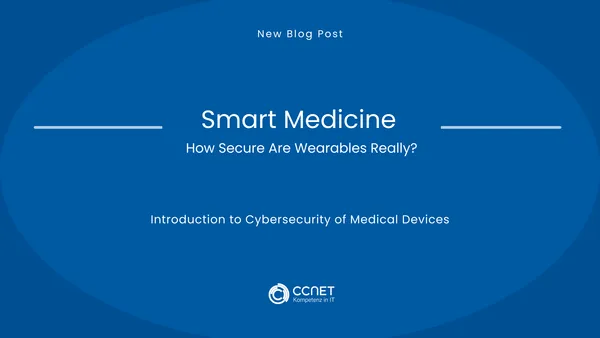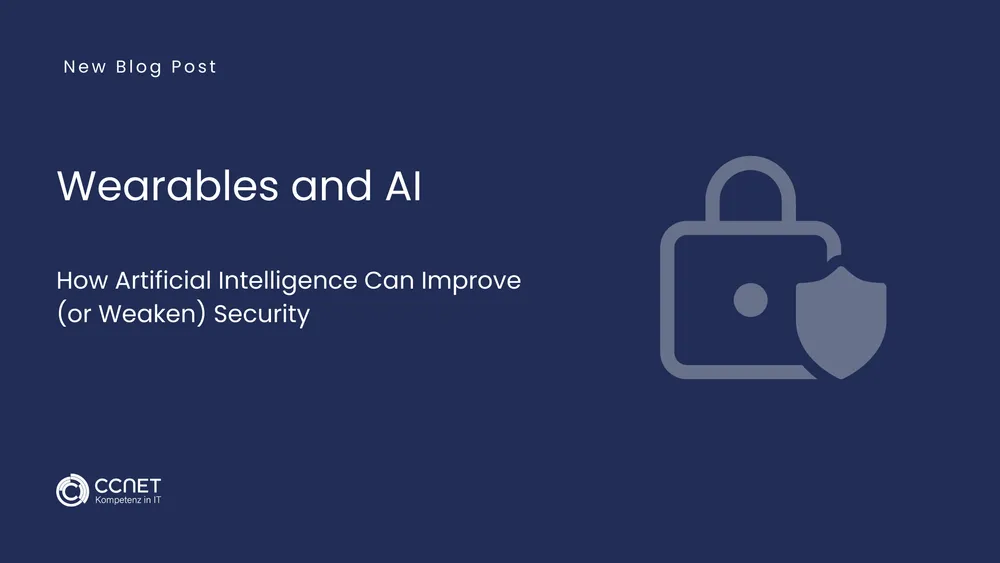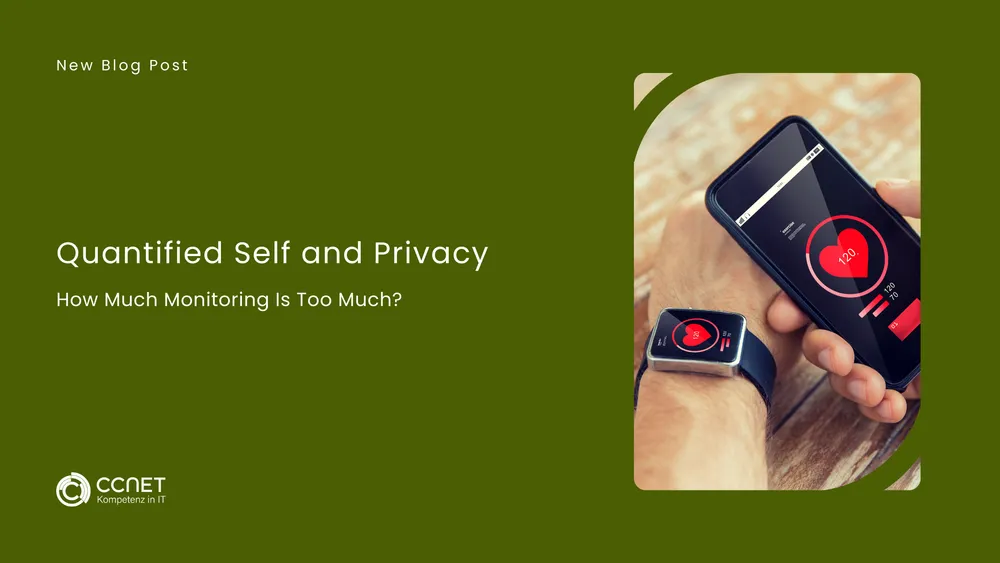
CCNet
Jun 4, 2025 • 2 min read

Smart Medicine - How secure are Wearables really?: Introduction to Cybersecurity of Medical Devices
Wearables have become indispensable in the healthcare sector. They allow for continuous collection of vital data, opening up new possibilities for patient monitoring and health management. However, as their use becomes more widespread, cybercriminals are increasingly targeting these devices. In this post, we take a look at the most common attack vectors and the potential risks for both users and providers.
1. Insecure Communication: A Gateway for Attackers
Many wearables communicate via Bluetooth, Wi-Fi, or mobile networks with other devices or cloud servers. If these connections are not properly secured, attackers can intercept and manipulate the data traffic. This is particularly problematic when sensitive health data is transmitted, as such data can have serious consequences if it falls into the wrong hands.
2. Vulnerabilities in Apps and Firmware
The software running on wearables and their associated apps is often an attractive target for attacks. Security flaws in firmware or mobile applications can allow attackers to access personal data or even manipulate the device’s functionality. Especially risky are missing security updates or poorly implemented authentication mechanisms.
3. Manipulation of Sensor Data
Since wearables collect biometric data such as heart rate, blood oxygen levels, or movement patterns, manipulated sensor data can have severe consequences. An attacker could inject false values to trigger incorrect medical interpretations or fake health conditions. In a medical context, this could result in misdiagnoses or treatment errors.
4. Physical Access and Hardware Manipulation
Unlike traditional IT devices, wearables are physically easy to access. This means that attackers may gain direct hardware access and exploit vulnerabilities. For example, malware could be installed via a modified charger, or manipulations could be carried out through exposed debugging interfaces.
5. Cloud and Backend Security Risks
Many wearables store collected data in the cloud or synchronize it with backend systems. These cloud environments can become targets for cyberattacks, especially if they are not sufficiently protected. Unencrypted or improperly stored data can be a goldmine for hackers seeking to steal sensitive information or use it for fraudulent purposes.
6. Privacy Issues from Third-Party Integrations
Many wearables collaborate with third-party apps or allow data sharing with external services. This can lead to health data being unintentionally shared or even sold. If users do not have transparent control over what data is shared, it poses a serious threat to their privacy.
Conclusion: Greater Security Awareness Needed
The growing connectivity in healthcare brings many benefits—but also new IT security challenges. To minimize risks, manufacturers should implement security measures such as end-to-end encryption, regular updates, and strict authentication methods. At the same time, users should be aware of what data they disclose and what security precautions they can take themselves.
FAQ about wearables
How do cybercriminals access wearables?
They often use unsecure communication channels such as Bluetooth or Wi-Fi to intercept or manipulate data.
What are the vulnerabilities in wearable software?
Security gaps in the firmware or app can enable unauthorized access to personal data or manipulation of device functions.
Why is the manipulation of sensor data problematic?
Falsified health data can lead to incorrect diagnoses or treatment errors, especially in medical settings.
How can attackers physically access wearables?
Since wearables are easily accessible, they can be compromised via manipulated chargers or open interfaces, for example.
What are the risks of cloud storage for health data?
Inadequately protected cloud backends can be the target of attacks in which sensitive data is stolen or misused.
Why are third-party integrations a risk to data protection?
External apps or services can further process or sell health data if there is no clear control by the user.
What does the article recommend to protect against these risks?
Manufacturers should use encryption, regular updates, and strong authentication; users should consciously control how their data is shared.


